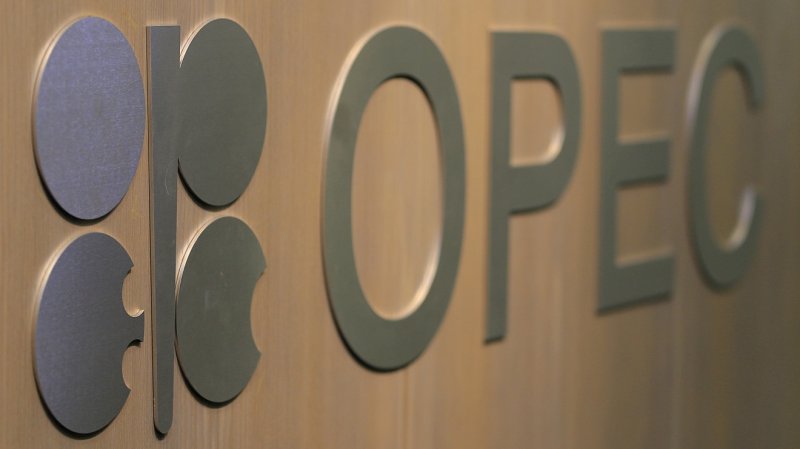
The price of OPEC basket of fourteen crudes stood at $41.87 a barrel on Friday, compared with $42.65 the previous day, according to OPEC Secretariat calculations.
The new OPEC Reference Basket of Crudes (ORB) is made up of the following: Saharan Blend (Algeria), Girassol (Angola), Oriente (Ecuador), Rabi Light (Gabon), Minas (Indonesia), Iran Heavy (Islamic Republic of Iran), Basra Light (Iraq), Kuwait Export (Kuwait), Es Sider (Libya), Bonny Light (Nigeria), Qatar Marine (Qatar), Arab Light (Saudi Arabia), Murban (UAE) and Merey (Venezuela).
Meanwhile, Reuters reports that oil prices rose by over 1 percent on Monday, pushed up by a statement from the producers’ club OPEC that it was committed to a deal made in September to cut output in order to prop up the market.
Brent crude futures LCOc1 were trading at $46.29 per barrel at 0705 GMT, up 71 cents, or 1.56 percent, from their previous close.
U.S. West Texas Intermediate (WTI) crude futures CLc1 were up 730 cents, or 1.66 percent, at $44.80 a barrel.
The Secretary-General of the Organization of the Petroleum Exporting Countries (OPEC) said on Monday the group was committed to a deal made in Algiers to cut output.
“We as OPEC we remain committed to the Algiers accord that we… put together. All OPEC 14 we remain committed to the implementation,” Mohammed Barkindo told reporters at a conference in Abu Dhabi.
Despite these statements, many analysts doubt that OPEC and other producers outside the cartel, like Russia, can agree on a coordinated cut.
“Individual country details still remain challenging to agree upon,” Barclays bank said in a note to clients.
“Iraq boosted production while Saudi Arabia asked for exceptions. Russia is still sitting on the sidelines, and none of the non-OPEC members consulted thus far has expressed any intention of a cut,” Barclays said.
Such doubts, as well as ongoing oversupply, had by last Friday pulled Brent as low as $45.08, its weakest since August 11.
WTI hit $43.57 on Friday, its lowest since Sept. 20.
Last week’s losses were the steepest since January, and took nearly 15 percent off a one-year high hit in the first-half of October.
There are also risks that the oil supply overhang, which has dogged markets for the last two years, could continue as OPEC’s de-facto leader Saudi Arabia threatened to increase production again should the upcoming meeting between producers lead to no result.
Even if Saudi Arabia does not follow through on that threat, its exports could rise.
“Saudi local oil demand is falling, and just maintaining current output could imply higher exports,” Barclays said.
There were also signs of rising future U.S. output as the number of drilling rigs looking for new oil to produce rose by 9 to 450 in the week to Nov. 4, the highest level since February.
“Since its trough on May 27, 2016, producers have added 134 oil rigs ( 40 percent) in the U.S.,” Goldman Sachs said.
Source: Reuters























